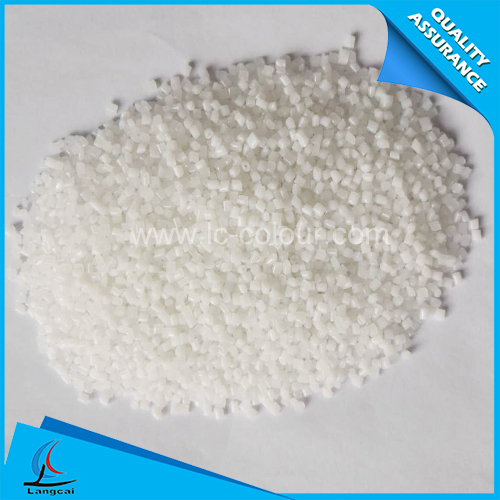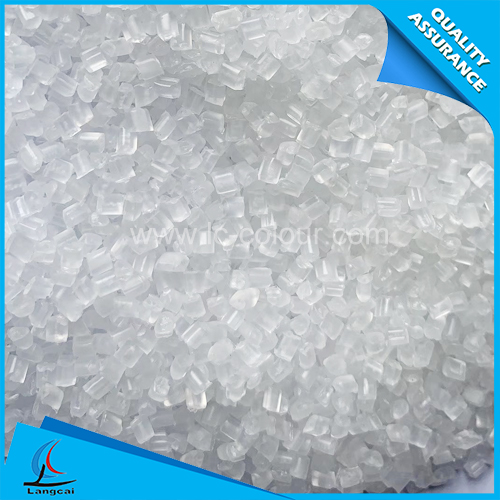- Nonwoven Fabrics
- Tailor Made Masterbatch
- Plastic Masterbatch
- Chemical Fiber Masterbatch
- Functional Masterbatch
- Machinery
- Spunbond PP Nonwoven Masterbatch
- Mono Color Masterbatch
- Liquid Color Masterbatch
- Non-woven Masterbatch
- Polyester Fiber Masterbatch
- Nylon Fiber Masterbatch
- Polypropylene Fiber Masterbatch
- Lab Nonwoven Machine
- Lab BCF Machine
- Dryer
- Filler Masterbatch
- The 2025 International Textile Innovation Conference will be held in Keqiao, Shaoxing on November 5th
- Unveiling the core components of Mono Color Masterbatches!
- Why choose Mono Color Masterbatches? The four core advantages are irreplaceable
- The adjustment of the global industrial chain has forced the upgrading of the risk prevention and control model
- What is a Complex masterbatch? What are the outstanding advantages?
- With weak US cotton and increased domestic supply, can the upward trend continue in the future?
- Phone:00836 - +86-535-8484358
- Email:wendy@ytlc-colour.com
- Address:DALAN INDUSTRIAL PARK, ZHANGXING TOWN, ZHAOYUAN CITY, SHANDONG, CHINA
In an interview with NBC News on the afternoon of July 10, Trump made it clear that all US trading partners who have not yet officially received tariff notifications will face new tariffs. "We are just saying that all the remaining countries will have to pay the price of tariffs, whether it's 20% or 15%. We will solve this problem now."
At 9 p.m. Eastern Time on July 10th (corresponding to 9 a.m. Beijing Time on July 11th), Trump sent a tariff letter to Canada, announcing that starting from August 1st, a 35% tariff would be imposed on all goods from Canada. In his letter, he warned that if Canada chose to retaliate, tax rates might be further raised.
In addition, Trump said that EU member states would receive the tariff letter on Friday, July 11.
As of now, Trump has sent letters to 24 countries and regions, with tariff rates ranging from 20% to 50%.
The impact of tariff policies on various products
So, which products are more affected by Trump's tariff policies? Yale University's analysis and forecast show that due to its tariffs, the prices of clothing, textiles and footwear will increase significantly, with an expected rise of 37% and 39% respectively in the short term. In the long term, the increase will stabilize at 18%.
Prices of metals, leather goods and electrical equipment are also expected to rise by 43%, 39% and 26% respectively in the short term, while prices of motor vehicles, electronic products and rubber and plastic products may increase by 11% to 18%. The prices of groceries rose relatively little, among which the prices of vegetables, fruits and nuts increased significantly by 6%. However, experts also respectively speculate that Trump's imposition of a 50% tariff on Brazilian imports might have a specific impact on the prices of popular Brazilian products such as coffee and orange juice.
- Unveiling the core components of Mono Color Masterbatches!
- The 2025 International Textile Innovation Conference will be held in Keqiao, Shaoxing on N
- Why choose Mono Color Masterbatches? The four core advantages are irreplaceable
- The adjustment of the global industrial chain has forced the upgrading of the risk prevent
- What is a Complex masterbatch? What are the outstanding advantages?
- With weak US cotton and increased domestic supply, can the upward trend continue in the fu
- Yantai Liangcai Plastic Technology Co., Ltd. specializes in the production of Monochromati
- The predicament of Sino-US trade and exchange rate fluctuations
- Yantai Liangcai empowers the new future of fiber colors with high-quality polyester fiber
- What impact will the implementation of the Federal Reserve's interest rate cut have on the


